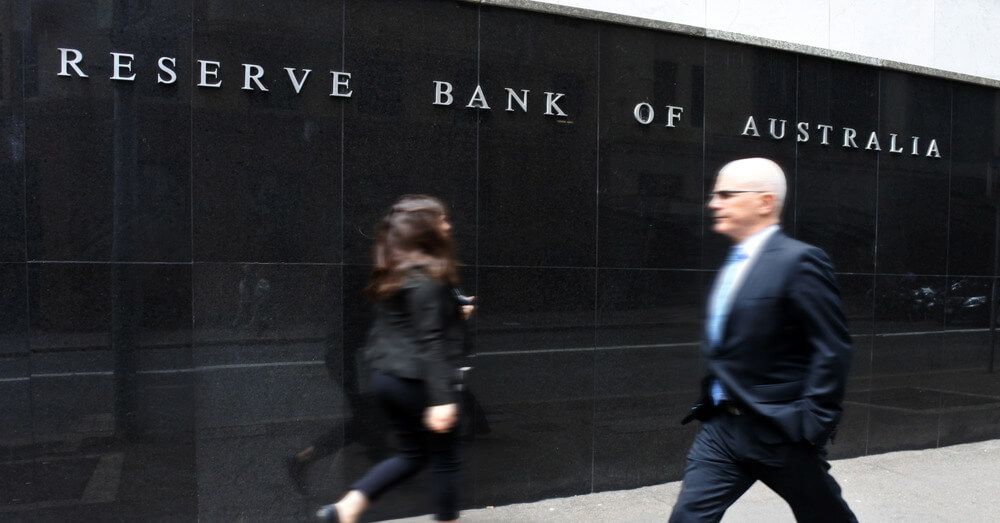
The central bank believes that retail CBDCs are not needed currently
The Head of Payments Policy at the Reserve Bank of Australia (RBA), Tony Richards, announced that the RBA had looked into the impact of retail central bank digital currencies (CBDCs) and found that there was “no strong public policy case” for developing a version for the Australian dollar.
“Even though the use of cash for transactions is declining, cash is still widely available and accepted as a means of payment. In addition, Australian households and businesses are well served by a modern, efficient and resilient payments system that has undergone significant innovation in recent years, including the introduction of the New Payments Platform, which is a real-time, 24/7 and data-rich electronic payments system.” Richards explained.
However, he admitted that the bank was open to changing its mind in the future, and that his group would continue to look into the merits and demerits of introducing a CBDC — including the situations “in which a significant demand for a CBDC might emerge.”
The RBA looked into several factors that could contribute towards the creation of a potential CBDC. This included whether it would be based on accounts or tokens, the role of the central bank and private entities, its offline capabilities, the degree of anonymity it would allow for users, and even whether an Australian CBDC would be based on a blockchain or distributed ledger platform. They also looked into what kind of problems the introduction of a retail CBDC would solve; and conversely, the issues it would create.
Richards added that while they continue monitoring the use case for a retail CBDC, the Bank is also conducting research on the technological and policy implications of a potential wholesale CBDC.
“When we talk about CBDC we are referring to a new form of digital money issued by the central bank that would be more widely accessible than ESA balances. And we can distinguish between retail (or general purpose) CBDC, which would be like a digital version of cash that is essentially universally accessible, and a wholesale CBDC, which would be accessible only to a more limited range of participants (but probably including some that do not have access to ESAs presently).” he explained.
Reports in mid-September indicated that the Bank was still skeptical of CBDCs, and did not believe that there was a strong policy case for issuing one at the time.

